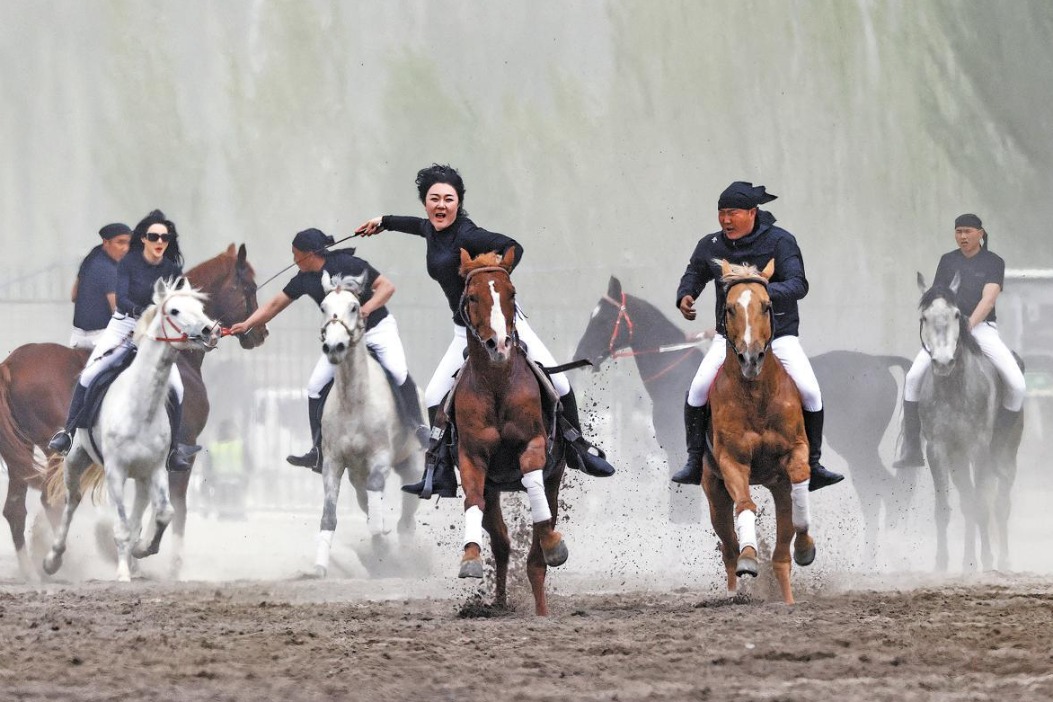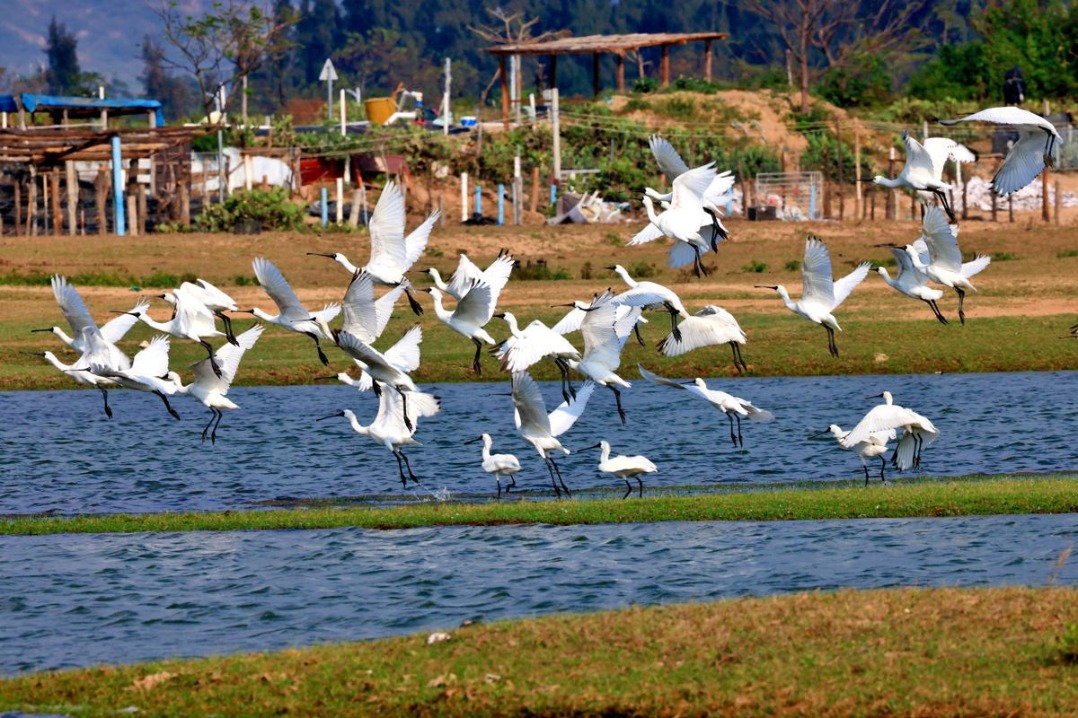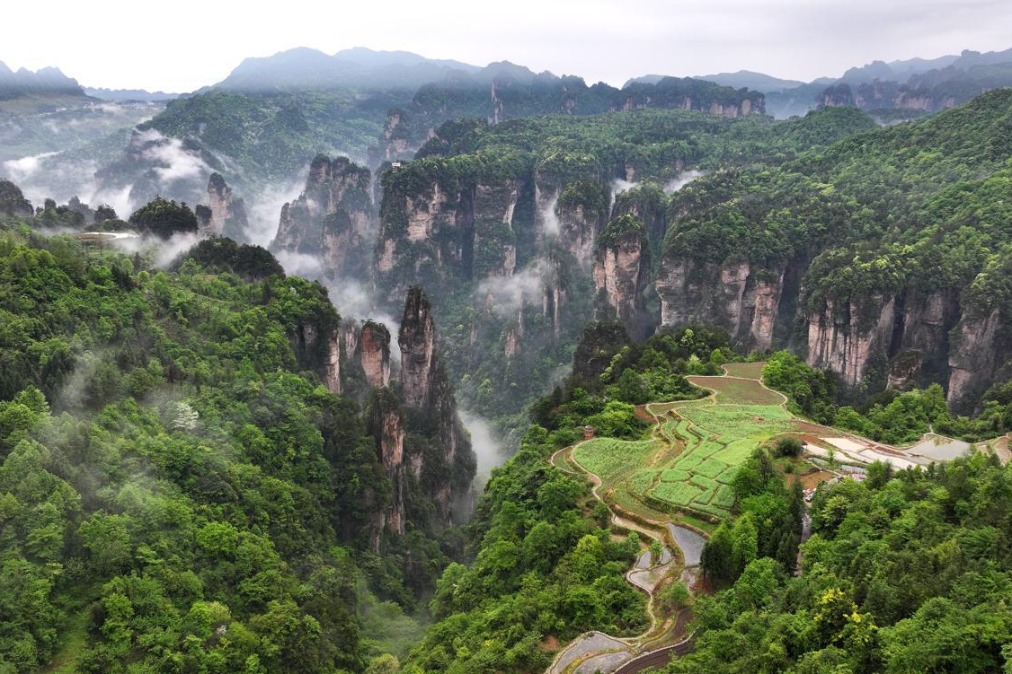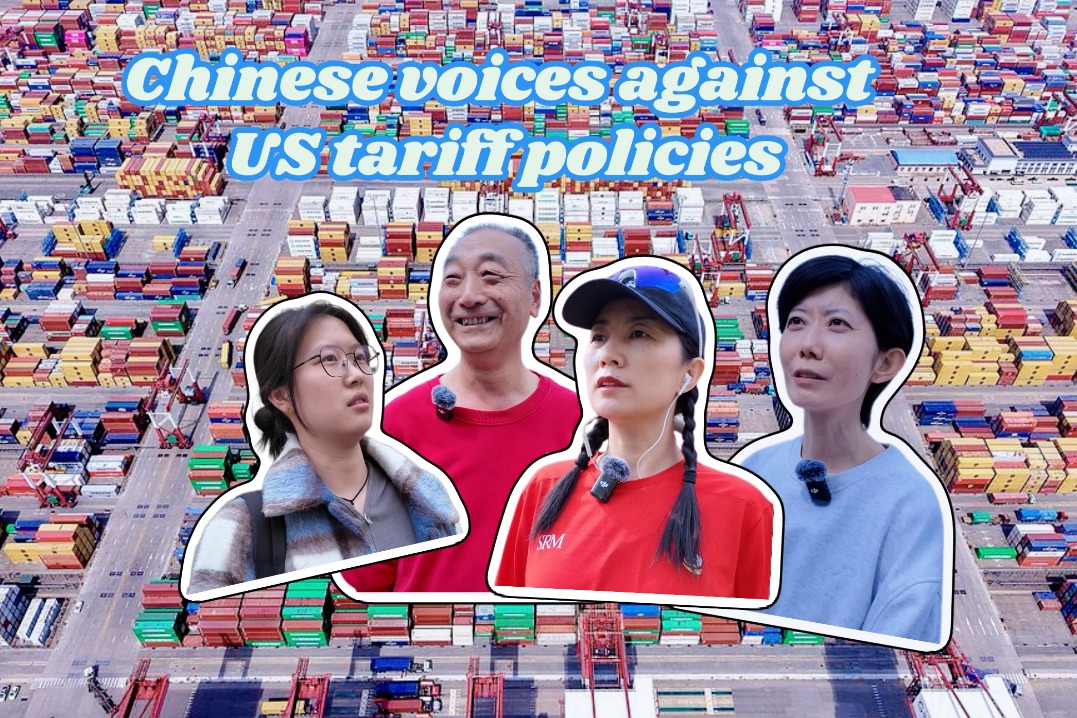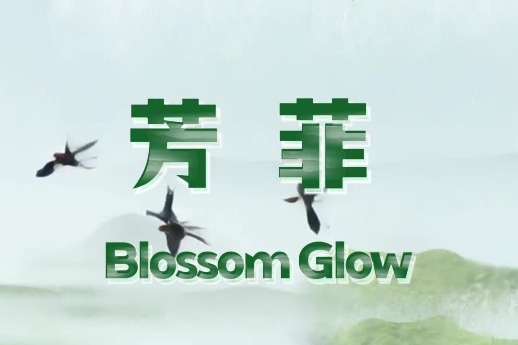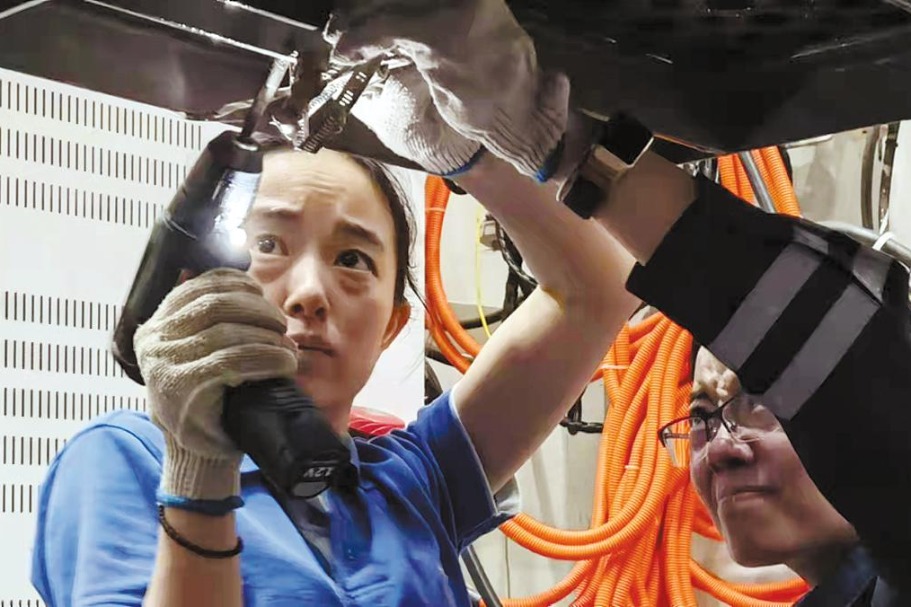Philippines' illegal activities damage South China Sea reefs, report says

Frequent and illegal human activities by the Philippines have caused damage to the coral reef ecosystems around Tiexian Reef in the South China Sea, said a report released by the Ministry of Natural Resources on Friday.
Titled "A Survey Report on the Coral Reef Ecosystems of Tiexian Reef and Niu'e Reef", the report is based on a scientific survey and evaluation from April to August last year. The survey, which utilized satellite remote sensing technology, field investigation and historical data analysis, was carried out by South China Sea Development Research Institute, South China Sea Ecological Center and South China Sea Survey Center, all affiliated to the ministry.
Being part of China's Nansha Islands and located in the south-central part of the South China Sea, Tiexian Reef and Niu'e Reef are under the jurisdiction of Nansha district, Sansha of South China's Hainan province.
The report highlighted the presence of anthropogenic disposals such as fishing wires, fishing nets, plastic packages, iron barrels and glass bottles at certain survey stations of Tiexian Reef and Niu'e Reef, some of which are labeled in the Filipino language or bear Philippine markings.
"During the field investigation, Philippine and other foreign fishing vessels were found carrying out illegal fishing operations in waters around Tiexian Reef without China's permission," the report said, noting that illegal construction activities by the Philippines were also detected on China's Zhongye Island, 2.5 kilometers away from Tiexian Reef.
"The coral reef ecosystem of Tiexian Reef has degraded severely, for which the outbreak of crown-of-thorns starfish is a primary reason, followed by tropical cyclone strike and frequent human activities, especially the Philippines' persistent and illegal construction on Zhongye Island," the report noted.
Crown-of-thorns starfish, whose outbreak is identified as hostile organisms to coral, has a feeding preference for branching corals. Records indicate that crown-of-thorns starfish were observed to aggregate at Tiexian Reef in May 2020, while no presence was found last year. Data analysis from the survey suggested that only the No 22 Super Typhoon Rai in 2021 might have exerted effects on Tiexian Reef, according to the report.
"The coral reef ecosystem of Niu'e Reef is at a healthy state, although seasonal, sporadic heat-induced coral bleaching and human activities still create some stressful influence," the report said, adding that fishing vessels were found anchoring in waters around Niu'e Reef.
The survey identified four cays on the reef flat of Tiexian Reef and Niu'e Reef, with their formation attributed to normal physical geographic processes as confirmed by cay formation and evolution analysis, refuting "the false remarks by the Philippines that China dumped coral debris at Tiexian Reef, and the rumors spread by relevant countries that the formation of the cays is due to China's 'sea reclamation'."
The survey highlighted an extremely low average reef-building coral coverage of 3.3 percent at Tiexian Reef, in stark contrast to Niu'e Reef, which boasted a significantly higher coverage of 37.7 percent. The report emphasized that this coverage level at Niu'e Reef is notably high, even when compared to other major coral reef areas worldwide.
High-resolution satellite images from 2016 to 2024 indicated substantial declines in reef-building coral coverage, with Tiexian Reef experiencing a 68.9-percent decrease and Niu'e Reef witnessing a 12.2-percent decrease.
The survey identified 74 reef-building coral species at Tiexian Reef, with massive coral being the dominant species, and 172 species at Niu'e Reef, with branching corals taking a large proportion.
These findings underscored the severe degradation of the coral reef ecosystem at Tiexian Reef, while highlighting the healthy state of the coral reef ecosystem at Niu'e Reef, as outlined in the report.
However, in light of the ongoing rise in sea surface temperatures due to global climate change, the report warned of the potential for large-scale coral bleaching in the reefs of Nansha Islands, including Tiexian Reef and Niu'e Reef.
"Studies must be deepened on the early warning, prevention and control of outbreaks of crown-of-thorns starfishes," the report said. "The negative effects exerted by human activities and other external factors should be minimized to improve the diversity, stability and sustainability of the coral reef ecosystems of Tiexian Reef and Niu'e Reef."
- Lawmakers set to review draft law on China's private sector
- Xi makes important instructions on work related to civil-military mutual support
- China, Vietnam coast guards complete joint patrol in Beibu Gulf
- Titanic prejudice
- Rejuvenating city's natural treasures
- Xi chairs CPC leadership meeting to analyze economic situation, work


















